Interactive Electronic Plush Toys: Sparking Imagination and Creativity
What Are Interactive Electronic Plush Toys?
Defining Modern Stuffed Animals
Modern interactive electronic plush toys offer far more than the basic functioning of traditional stuffed animals; they blend the snugness of plush toys with innovative technology to captivate children in unique ways. Unlike their predecessors, these toys incorporate customizable elements that let children personalize their play experiences, strengthening emotional bonds and enhancing engagement. Features like sound activation, tactile sensors, and responsive movements introduce layers of interactivity, transforming simple playtime into an immersive experience. Research supports the effectiveness of these toys, indicating that children show improved emotional development and social skills when playing with interactive toys.
Core Features: Sensors, Sounds, and Movement
The standout characteristics of interactive plush toys are their embedded sensors, sound systems, and movement capabilities. These toys are designed with sensors that perceive touch and motion, enabling them to respond dynamically to a child's interaction, making playtime more engaging. With integrated sound systems, these toys play music, laughter, or even mimic communication, offering an entertaining experience that captivates young minds. Additionally, movement mechanisms empower these toys to move, dance, or mimic actions, further enthralling a child during play. Sales data indicates a growing trend, with toys featuring advanced capabilities gaining tremendous popularity, underscoring consumer preference for interactive and engaging play options.
Benefits of Interactive Plush Toys for Child Development
Enhancing Cognitive Skills Through Play
Interactive plush toys play a crucial role in stimulating cognitive development by encouraging children to engage in problem-solving and creative thinking activities. By presenting challenges through interactive games, they significantly boost literacy and numeracy skills, allowing children to learn while playing. A study revealed that children who interact with these toys exhibit marked improvements in language skills, social interaction, and emotional intelligence, emphasizing their educational potential. Additionally, the engaging nature of electronic plush toys fosters higher levels of imagination and creativity, making them an indispensable tool for child development.
Fostering Emotional Connections with Soft Plush Companions
The emotional connections that children develop with plush toys cannot be underestimated. These toys offer comfort and security, aiding children in navigating emotional challenges and providing a sense of companionship. Interactive features further enhance empathy and social skills, as children learn to care for their plush friends. According to research, children often confide in these toys, helping with emotional processing and developing conversational skills. Prominent child psychologists advocate for plush toys' role in emotional development, emphasizing their importance in childhood therapy and nurturing emotional intelligence.
How Electronic Plush Toys Work
Technology Behind Responsive Plush Pillows
Electronic plush toys are marvels of modern technology, employing microcontrollers and sensors to engage with children in delightful ways. These components enable the toys to respond to user inputs such as touch and sound, making them come alive with engaging features. With advancements in materials and robotics, some plush toys can even mimic lifelike movements, like waving arms or vocalizing sounds. Incorporating artificial intelligence (AI) enhances their versatility, allowing the toys to learn from interactions and adjust their responses, thereby creating a unique and personalized experience for each child. In response to consumer demand, manufacturers are heavily investing in research and development to continuously enhance the technology embedded within these playful companions.
Voice Recognition and Adaptive Learning Systems
Many electronic plush toys are now equipped with voice recognition systems, empowering them to comprehend and react to children's verbal commands. This technology opens a new realm of interactive play by facilitating language development as children eagerly engage in conversation with their plush companions. Adaptive learning systems further enhance this experience by allowing toys to adjust their behavior based on user interactions, personalizing playtime and fostering a nurturing environment for learning. Industry reports highlight significant market growth for toys incorporating these cutting-edge systems, indicating a growing consumer interest in technology-enhanced toys. As such, these features not only entertain but also contribute to the cognitive and social development of children.
Popular Types of Interactive Plush Animals
Animated Storytelling Companions
Animated storytelling companions are plush toys equipped with captivating story-telling capabilities. These toys engage children through interactive narratives, enhancing literacy and imagination. Statistics indicate that children show heightened interest during playtime with interactive storytelling toys, as they enjoy becoming part of the story adventure. With some models offering customization options, children can select and change stories, fostering a sense of ownership and personal preference. Educators have observed that these storytelling companions positively influence a child's curiosity during early reading experiences, helping them develop a long-lasting interest in books.
Educational Animals with Language Features
Educational animals with language features are expertly designed to teach basic vocabulary and phrases, aiding in language development through engagement and repeated interaction. Research has demonstrated that children learn more effectively when educational content is reinforced by interactive toys like these. These plush toys often include progressive learning functionality, which adjusts the complexity of content based on the child's learning ability. Language development experts strongly endorse language-embedded toys for preschool-aged children, emphasizing their effectiveness in fostering early linguistic skills.
Musical Plush Toys for Creative Expression
Musical plush toys provide an avenue for creative expression by enabling children to explore music and sound in a playful environment. These toys often come equipped with a variety of songs and melodies that encourage children to interact with music dynamically. Studies show that musical interaction is beneficial for cognitive development and enhances fine motor skills in young children. Music education specialists advocate for early musical exposure, suggesting that these interactive toys can play a crucial role in brain development, providing a foundation for lifelong musical appreciation.
Choosing the Right Electronic Plush Toy
Age-Appropriate Designs for Safety
Choosing safe toys is a top priority for parents, which is why selecting age-appropriate designs is essential. These designs minimize hazards and make toys manageable and enjoyable for young children. For instance, interactive plush toys should be light and easy for little hands to hold. It’s important to check for product safety certifications, such as those from the ASTM, which ensure toys meet rigorous safety standards. Industry research highlights that toys designed for specific age groups lead to higher satisfaction and engagement levels, fostering a safe and enjoyable play environment. Therefore, considering these factors ensures children not only enjoy their toys but do so safely.
Balancing Entertainment and Learning Value
Striking a balance between entertainment and educational value is crucial when selecting electronic plush toys. These toys should offer engaging play experiences while fostering cognitive and emotional growth, helping children develop essential skills. Parents are encouraged to choose toys that integrate play with learning, ensuring sustained engagement over time. This approach promotes skills necessary for future academic success, making educational toys a worthwhile investment. Surveys consistently reveal that parents prefer toys that blend entertainment with educational benefits, as this combination leads to comprehensive child development, both intellectually and emotionally.

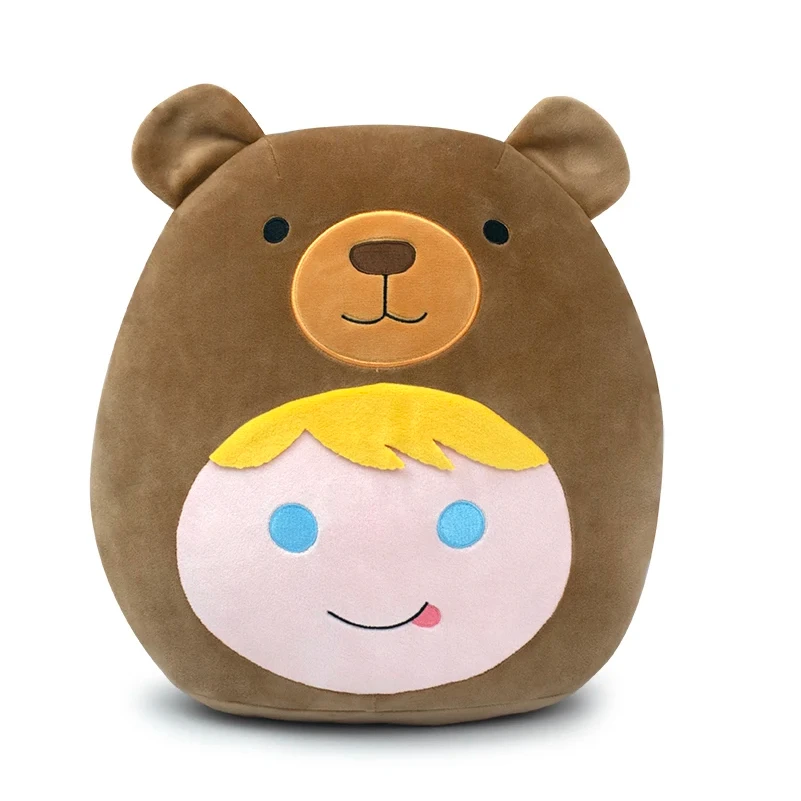
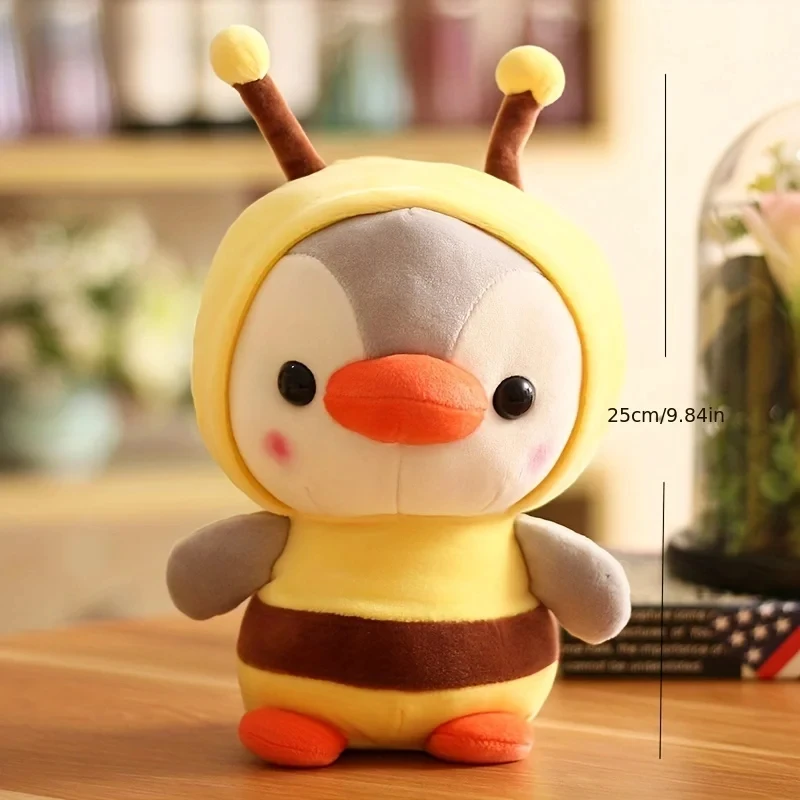
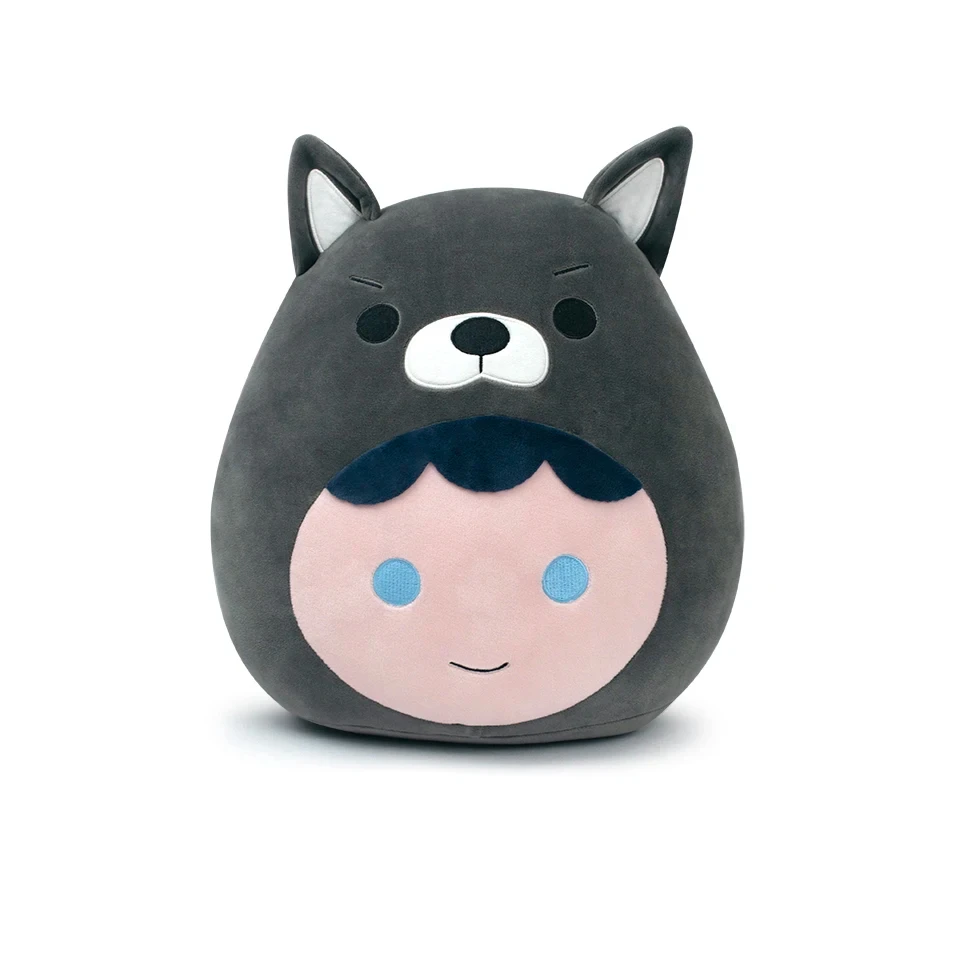

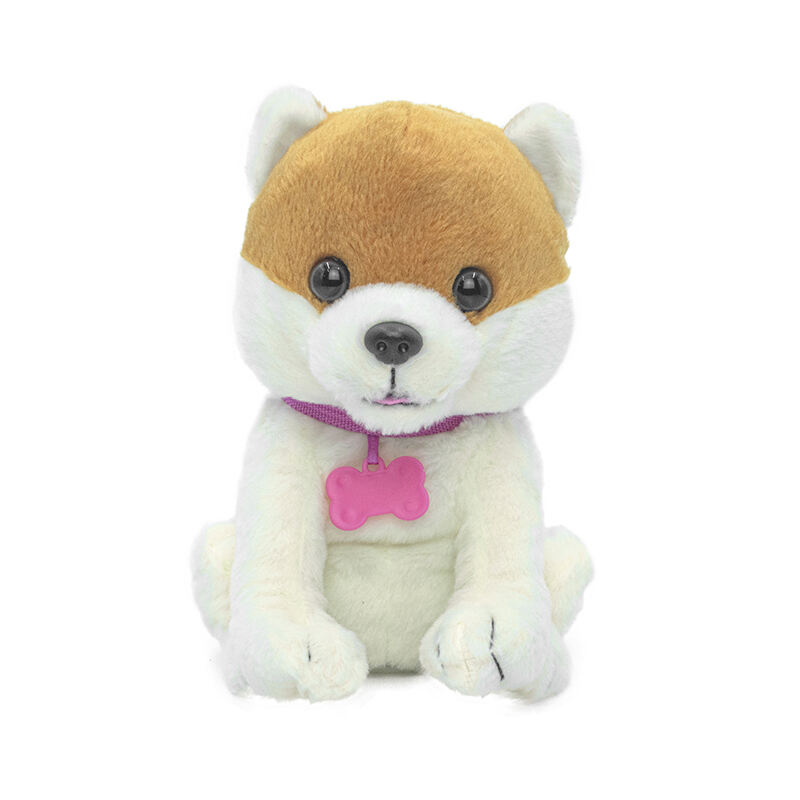
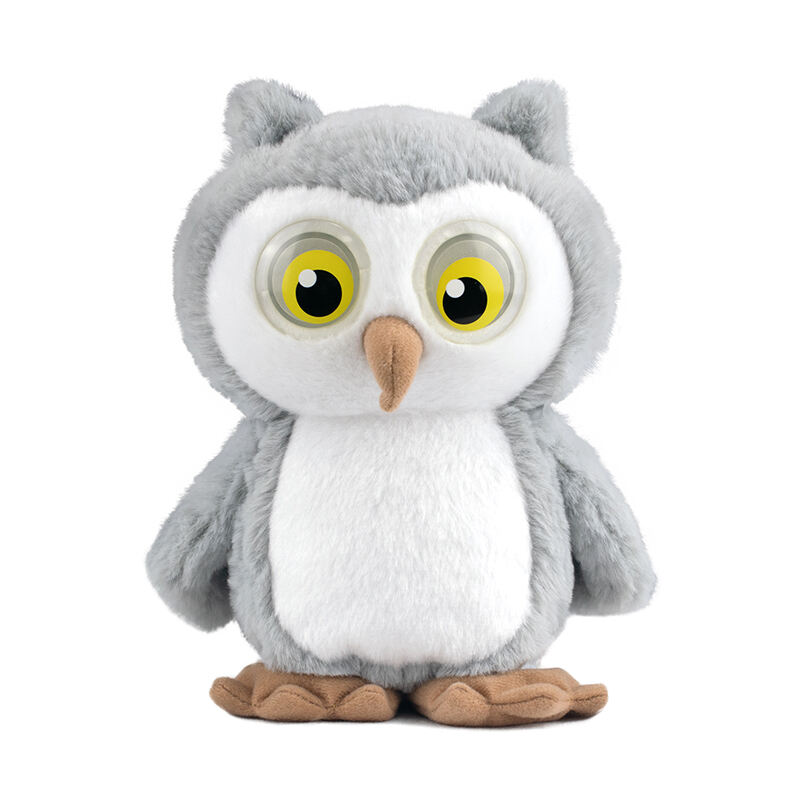
 Hot News
Hot News